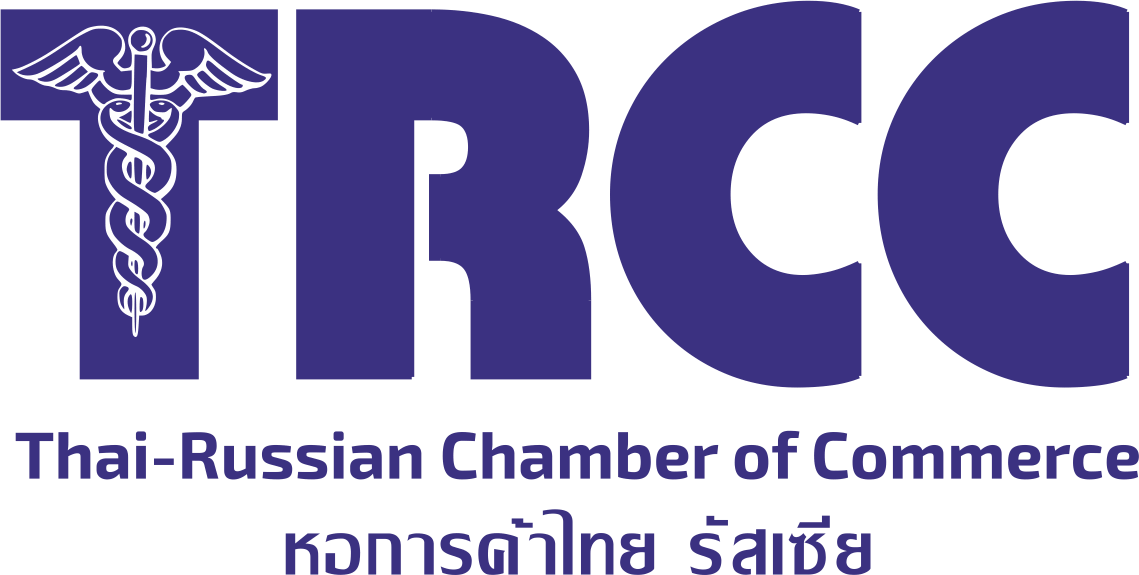INFO RUSSIA
Economy' situation In Russia (based on the Russian Central Bank's report from 14-th March 2015)
In mid-December 2014 external conditions continued to deteriorate. The fall in oil prices was accompanied by downward revision of their further dynamics by international organizations and market participants.
Amid restricted access to international capital markets, companies showed increased demand for foreign currency in the domestic market to redeem foreign debts. As a result, continuing weakening of the ruble led to considerable growth in depreciation expectations, higher households' demand for foreign currency, and increased deposit in dollars. Inflation expectations rose and a threat of considerable further acceleration of consumer price growth emerged. Under these conditions, the Bank of Russia ( further "BR") decided to raise the key rate from 10.50% to 17.00% on16-th December 2014.
In addition to this, a set of measures aimed at sustaining stability of the financial sector was adopted. Besides, BR expanded the set of refinancing instruments in foreign currency, increased the frequency of these operations and their allotment amount. The taken decisions prevented the outflow of funds from ruble denominated household deposits, improved the situation in the domestic foreign exchange market, and decreased volatility of the national currency exchange rate.
As a result depreciation and inflation expectations stabilized to the extent the BR had expected.
Bank of Russia has cut the key rate twice, (on 30 January 2015 and 13 March 2015) by total of 3 % points to 14.00% per annum. As inflation risks weaken, BR will further reduce the key rate. The risks of further considerable economy cooling increased due to the ongoing oil price decrease.
Considerable rise in annual inflation observed in December 2014 – February 2015 was expectable and reflected the impact of restrictions of certain food imports imposed in August 2014 on prices and the effect of accelerated price adjustment to ruble depreciation. This phenomenon is temporal. Under the impact of one-off factors and considering the low base effect, the annual inflation will continue to grow peaking in 2015 Q2, however it will gradually slow down. The decline in monthly consumer price growth that began in February 2015 will persist. Weak economic activity will facilitate lower inflation and inflation expectations.
Meanwhile, the main source of uncertainty for the forecast is oil price dynamics. Its further decline will lead to more serious economic downturn in 2015. Besides, there are risks of accelerated consumer price growth connected with persistently high inflation expectations, revised plans of administered price and tariff increase, fiscal policy easing, and possible acceleration of nominal wage growth. In case these risks materialize, Bank of Russia decisions will depend on their impact on the economic activity and consumer price dynamics.
Source: Bank of Russia, 14.03.2015
In mid-December 2014 external conditions continued to deteriorate. The fall in oil prices was accompanied by downward revision of their further dynamics by international organizations and market participants.
Amid restricted access to international capital markets, companies showed increased demand for foreign currency in the domestic market to redeem foreign debts. As a result, continuing weakening of the ruble led to considerable growth in depreciation expectations, higher households' demand for foreign currency, and increased deposit in dollars. Inflation expectations rose and a threat of considerable further acceleration of consumer price growth emerged. Under these conditions, the Bank of Russia ( further "BR") decided to raise the key rate from 10.50% to 17.00% on16-th December 2014.
In addition to this, a set of measures aimed at sustaining stability of the financial sector was adopted. Besides, BR expanded the set of refinancing instruments in foreign currency, increased the frequency of these operations and their allotment amount. The taken decisions prevented the outflow of funds from ruble denominated household deposits, improved the situation in the domestic foreign exchange market, and decreased volatility of the national currency exchange rate.
As a result depreciation and inflation expectations stabilized to the extent the BR had expected.
Bank of Russia has cut the key rate twice, (on 30 January 2015 and 13 March 2015) by total of 3 % points to 14.00% per annum. As inflation risks weaken, BR will further reduce the key rate. The risks of further considerable economy cooling increased due to the ongoing oil price decrease.
Considerable rise in annual inflation observed in December 2014 – February 2015 was expectable and reflected the impact of restrictions of certain food imports imposed in August 2014 on prices and the effect of accelerated price adjustment to ruble depreciation. This phenomenon is temporal. Under the impact of one-off factors and considering the low base effect, the annual inflation will continue to grow peaking in 2015 Q2, however it will gradually slow down. The decline in monthly consumer price growth that began in February 2015 will persist. Weak economic activity will facilitate lower inflation and inflation expectations.
Meanwhile, the main source of uncertainty for the forecast is oil price dynamics. Its further decline will lead to more serious economic downturn in 2015. Besides, there are risks of accelerated consumer price growth connected with persistently high inflation expectations, revised plans of administered price and tariff increase, fiscal policy easing, and possible acceleration of nominal wage growth. In case these risks materialize, Bank of Russia decisions will depend on their impact on the economic activity and consumer price dynamics.
Source: Bank of Russia, 14.03.2015

Forecast of the Russia's development in 2015 (reported to the cabinet of ministers on 02.02.2015 by the ministry of economic development RF)
TOP 4 countries according to the rating of the Asian Agency 'Danong' *
* The Agency "Dagong" ( China) was established in 1994 by the People's Bank of China and the Chinese Department of Economics and trade. In June 2013. it was officially recognized by the European securities and markets. "Dagong" provides credit services to more than 5 000 thousand customers per year; its rating scale begins with "C" and ends with the highest "AAA" rating.
On restrictions on the import of agricultural products from the states that supported anti-Russian sanctions
8 August 2014
Russian government has approved the list of foreign agricultural products on which Russian sanctions are imposed thus fulfilling President Vladimir Putin's decree of August 6 "On separate special economic measures for ensuring Russia's security." The document imposes one-year restrictions on the import of agricultural products from the states that supported anti-Russian sanctions. The decree says that the measures are taken "for the protection of the national interests of the Russian Federation."
Russian Prime Minister Dmitry Medvedev signed government resolution banning imports from Australia, Canada, EU, US and Norway for one year. The list of the banned products includes cattle meat (fresh, chilled and refrigerated), pork (fresh, chilled and refrigerated), poultry meat and all poultry edible by-products, salted meat, pickled meat, dried meat, smoked meat, fish and shell fish, clams and other water invertebrates, milk and dairy products, vegetables, edible roots and tuber crops, fruits and nuts, sausage and analogous meat products, meat by-products or blood, as well as products made of them, ready-to-eat products including cheeses and cottage-cheese based on vegetable fats. Alcohol and baby food does not fall under ban on imports of food to Russia from EU and US. New rules do not apply to products being purchased by individuals in these countries in line with Russian customs legislation.
Russia has been forced to impose such measures as the US, EU and several other countries continue their dull-witted, politically motivated and unfriendly approach towards Russia.
The restrictions came into force as of August 7th, 2014 for the period of one year, but if Russian partners display a constructive approach toward cooperation then the terms of the imposed measures might be revised.
8 August 2014
Russian government has approved the list of foreign agricultural products on which Russian sanctions are imposed thus fulfilling President Vladimir Putin's decree of August 6 "On separate special economic measures for ensuring Russia's security." The document imposes one-year restrictions on the import of agricultural products from the states that supported anti-Russian sanctions. The decree says that the measures are taken "for the protection of the national interests of the Russian Federation."
Russian Prime Minister Dmitry Medvedev signed government resolution banning imports from Australia, Canada, EU, US and Norway for one year. The list of the banned products includes cattle meat (fresh, chilled and refrigerated), pork (fresh, chilled and refrigerated), poultry meat and all poultry edible by-products, salted meat, pickled meat, dried meat, smoked meat, fish and shell fish, clams and other water invertebrates, milk and dairy products, vegetables, edible roots and tuber crops, fruits and nuts, sausage and analogous meat products, meat by-products or blood, as well as products made of them, ready-to-eat products including cheeses and cottage-cheese based on vegetable fats. Alcohol and baby food does not fall under ban on imports of food to Russia from EU and US. New rules do not apply to products being purchased by individuals in these countries in line with Russian customs legislation.
Russia has been forced to impose such measures as the US, EU and several other countries continue their dull-witted, politically motivated and unfriendly approach towards Russia.
The restrictions came into force as of August 7th, 2014 for the period of one year, but if Russian partners display a constructive approach toward cooperation then the terms of the imposed measures might be revised.
Cooperation in investment area between Russia and Thailand in 2009-2013
According to the Federal service of statistics
According to the Federal service of statistics
Dynamics of investment from Russia to Thailand (in thousand Dollars USA)

